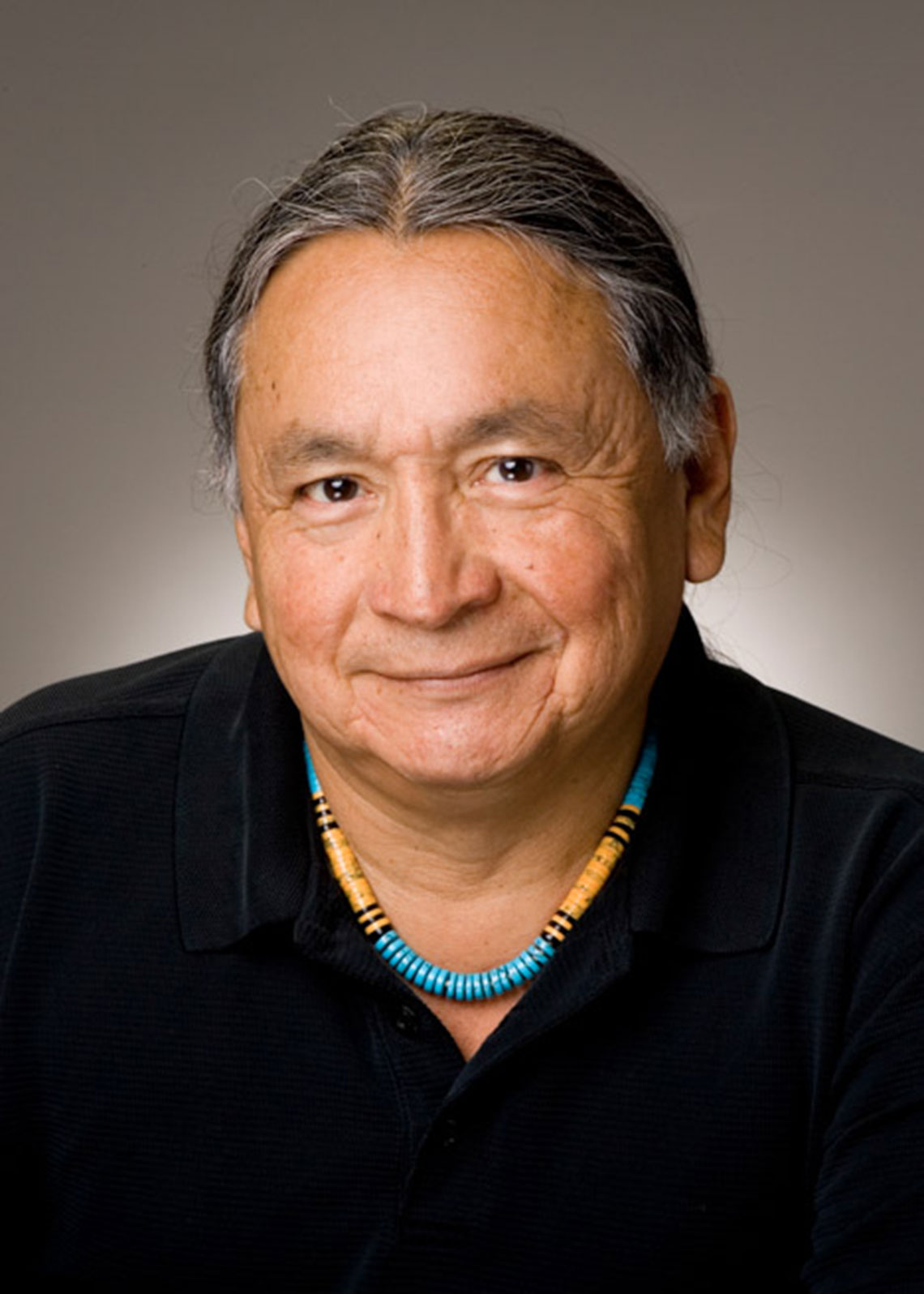Staying Fit
We spoke with AARP’s national consultant on Native American/Alaska Native communities, Michael E. Bird, about the pressing health issues facing tribal nations.
A Santo Domingo-San Juan Pueblo Indian from New Mexico, Bird has more than 30 years of public health experience with Native American populations. Previously, he was the executive director of the National Native American AIDS Prevention Center, worked with the Indian Health Service and was the first American Indian to serve as president (2000–01) of the American Public Health Association.


AARP Membership— $12 for your first year when you sign up for Automatic Renewal
Get instant access to members-only products and hundreds of discounts, a free second membership, and a subscription to AARP the Magazine.
Please describe your role and work with AARP.
I recently served a six-year term on the National Policy Council of AARP. Out of that came the report, "Lifelong Disparities Among Older American Indians and Alaska Natives," in the fall of 2015. I then joined the Multicultural Leadership department and helped them to develop a strategic plan to increase engagement with the native communities. We've really attempted to raise the level of visibility, engagement and outreach and to develop ongoing relationships with national [American Indian and Alaska Native] organizations.

































































